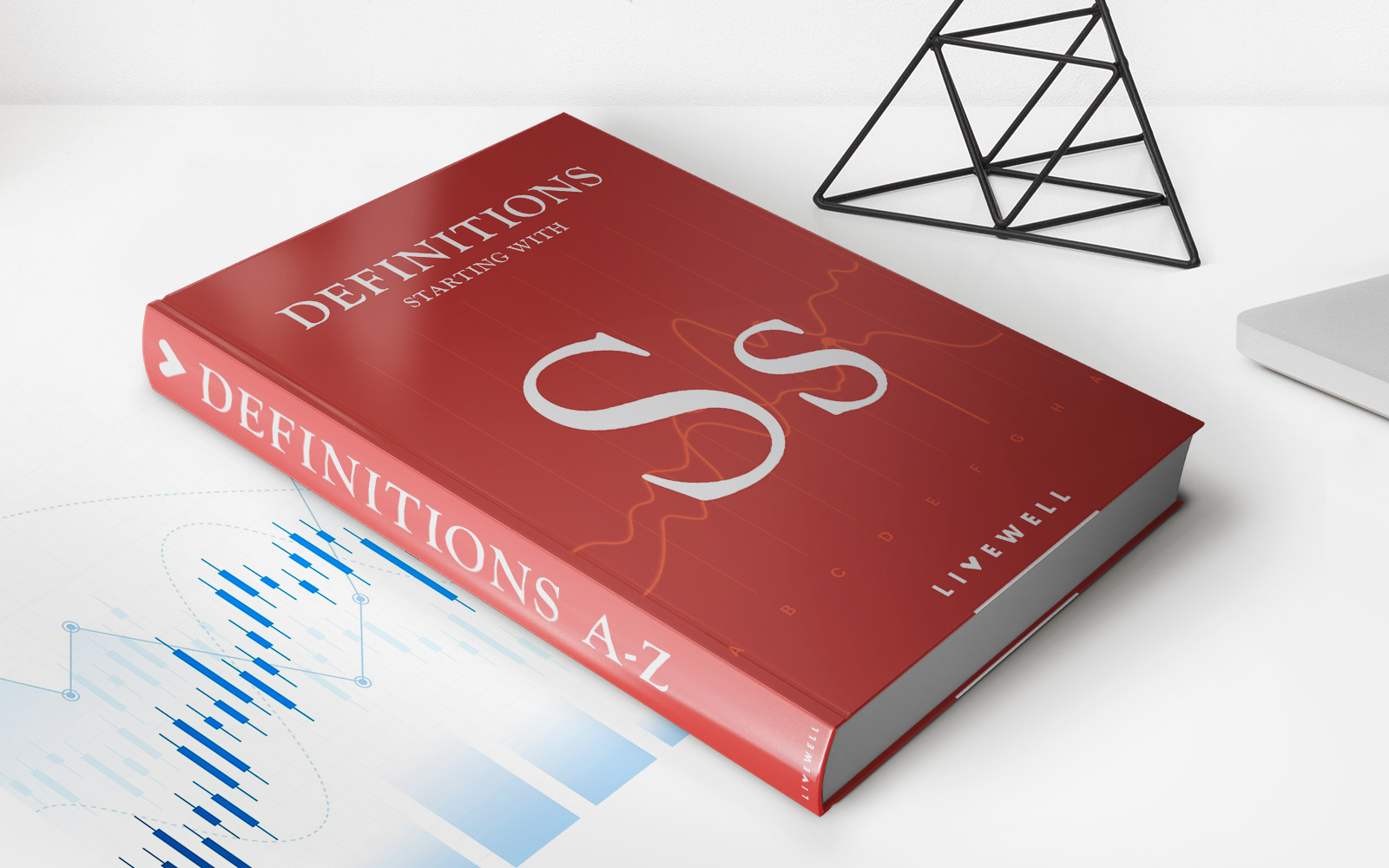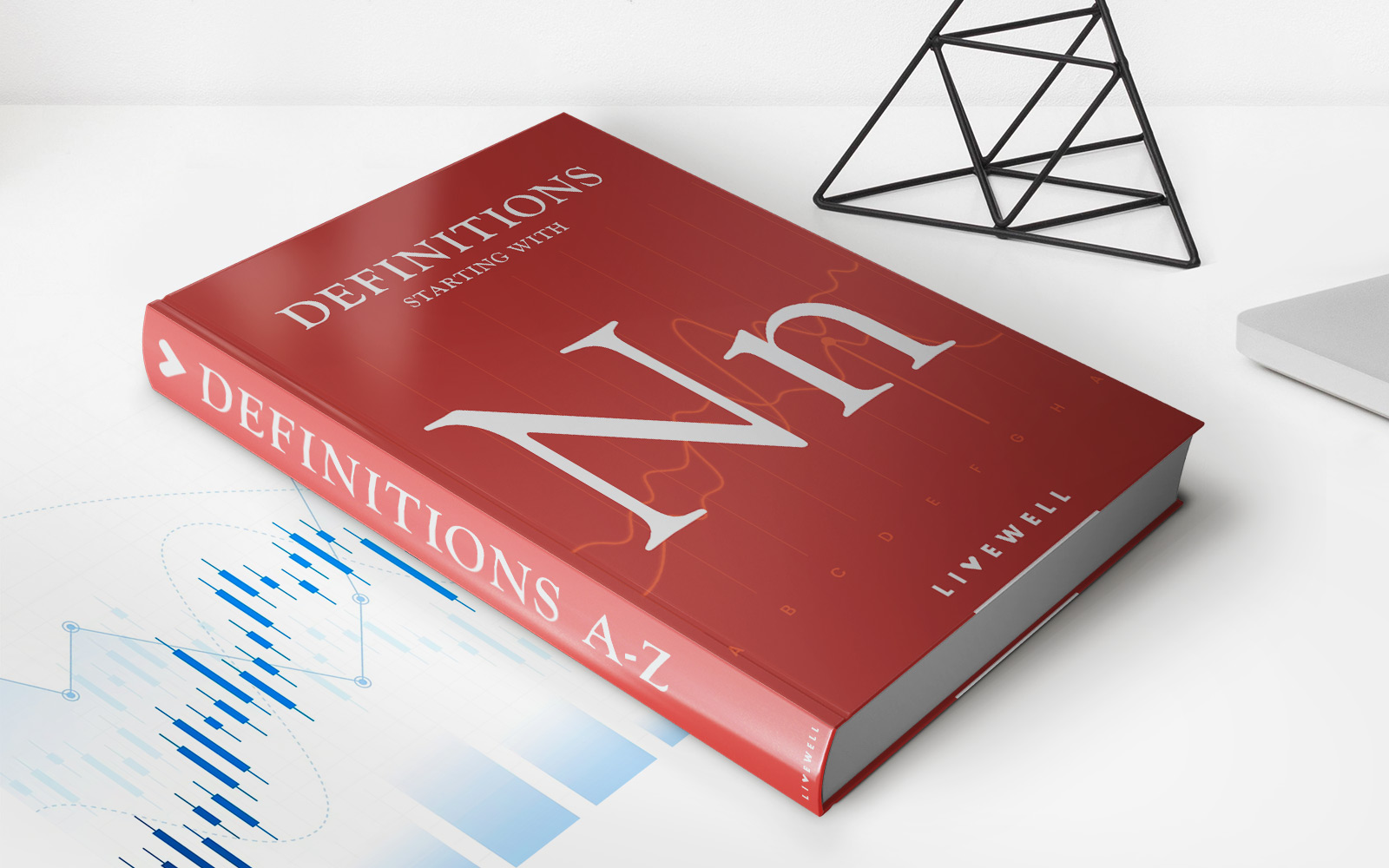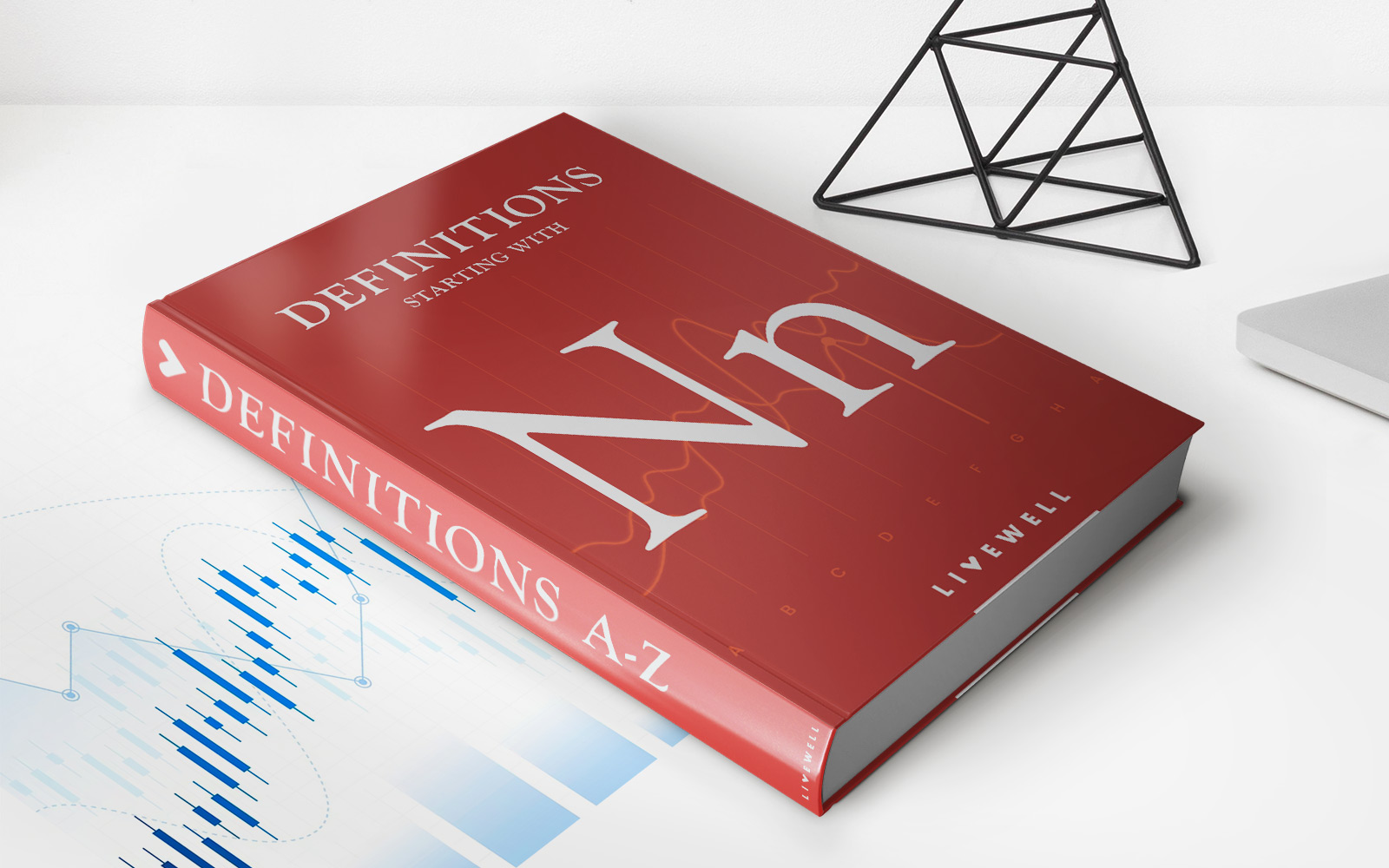Home>Finance>Industrial Organization: Definition, Areas Of Study, Example


Finance
Industrial Organization: Definition, Areas Of Study, Example
Published: December 9, 2023
Learn about the definition and areas of study in industrial organization, with a focus on finance. Explore real-world examples and gain insights into this dynamic field.
(Many of the links in this article redirect to a specific reviewed product. Your purchase of these products through affiliate links helps to generate commission for LiveWell, at no extra cost. Learn more)
Industrial Organization: Definition, Areas of Study, Example
Welcome to the world of Industrial Organization (IO), where economics meets business strategy! If you’re fascinated by understanding how companies compete, how markets are organized, and their impact on consumers and society, then you’re in for a treat with this blog post. In this article, we will delve into the definition of industrial organization, explore the various areas of study within the field, and provide an example to illustrate its relevance in the real world. So, let’s dive in, shall we?
Key Takeaways:
- Industrial Organization (IO) focuses on studying how firms and markets behave in competitive environments.
- This field of study provides insights into market structures, entry barriers, pricing strategies, and the effects of competition on firms and consumers.
Definition of Industrial Organization
Industrial Organization, also known as IO, is a branch of economics that examines the behavior of firms and the structure of markets. It explores how companies interact and compete within various market structures, aiming to understand the implications for consumers, industry performance, and economic welfare.
IO seeks to answer questions such as: How do firms compete? What factors influence market entry and exit? What strategies do firms employ to gain a competitive advantage? Through rigorous analysis and empirical research, IO economists develop models and apply econometric techniques to understand the dynamics of competition and market outcomes.
Areas of Study within Industrial Organization
Within the realm of Industrial Organization, there are several key areas of study that shed light on different aspects of market behavior:
- Market Structures: IO investigates various market structures, such as perfect competition, monopoly, oligopoly, and monopolistic competition. It examines the effects of industry concentration, entry barriers, and differentiated products on market outcomes.
- Pricing Strategies: Understanding how companies set their prices is crucial in IO. Economists analyze pricing strategies, such as price discrimination, bundling, and predatory pricing, to determine their impact on consumer welfare and market competition.
- Game Theory: IO utilizes game theory, a mathematical framework, to model strategic interactions between firms. This helps predict the behavior of competitors and enables companies to make strategic decisions based on anticipated responses from their rivals.
- Antitrust and Regulation: IO also investigates the effectiveness of antitrust policies and government regulations in promoting competition and preventing anti-competitive behavior. It assesses the implications of mergers, collusion, and market power on consumer welfare and economic efficiency.
An Example: The Smartphone Market
Let’s consider the smartphone market to illustrate the practical relevance of Industrial Organization. In recent years, this industry has been characterized by intense competition and innovation. Applying IO concepts, we can analyze various elements:
- Market Structure: The smartphone market is dominated by a handful of major players (oligopoly), with Apple and Samsung leading the pack. Entry barriers, such as high research and development costs, limit the number of firms competing in this space.
- Pricing Strategies: Companies employ pricing strategies like skimming (charging high prices initially) or penetration pricing (setting low prices to gain market share). Additionally, through product differentiation, firms attempt to capture consumer loyalty and increase brand value.
- Game Theory: Competition among smartphone makers involves strategic decision-making. For instance, companies must weigh the advantages of introducing cutting-edge features against the risk of rivals matching or surpassing their innovations.
- Antitrust and Regulation: Authorities closely monitor this industry due to its potential impact on consumer choice and competition. Instances of patent disputes and accusations of anti-competitive behavior have led to legal interventions.
By understanding these IO principles, businesses can make informed decisions to navigate the complex dynamics of the smartphone market and similar sectors, contributing to their long-term success.
In Conclusion
Industrial Organization provides a strategic lens through which economists and businesses can understand and analyze the behavior of firms and markets. By studying market structures, pricing strategies, game theory, and the impact of regulations, IO facilitates a deeper comprehension of the competitive forces at play. Armed with this knowledge, companies can adapt and develop effective strategies that can lead to growth, innovation, and enhanced consumer welfare. So, whether you’re an aspiring economist or a business leader, understanding Industrial Organization is crucial for making informed decisions in today’s complex and ever-evolving marketplace.














